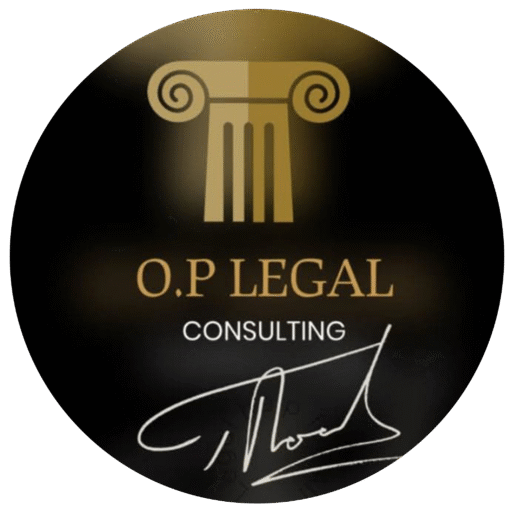7 Dispute Resolution Strategies for a Litigation-Risk-Exposed Enterprise
October 4, 2025Hidden Litigation Risks That Could Cost Your Business Millions?
October 6, 2025When considering legal action, it’s crucial to weigh the litigation risk involved. Litigation risk refers to the potential downsides of engaging in a lawsuit, which can affect individuals, businesses, or organizations. As we always advise, while pursuing or defending a case might seem necessary, the process can lead to unexpected challenges. Understanding these risks helps in making informed decisions and potentially avoiding costly mistakes. In simple terms, litigation risk isn’t just about winning or losing—it’s about the broader impacts on your finances, time, and well-being.
1. Financial Burden as a Key Litigation Risk
One major litigation risk is the high financial cost. Legal fees, court expenses, and expert witness charges can add up quickly, often exceeding initial estimates. Even if you win, recovering all costs isn’t guaranteed, leaving you with significant out-of-pocket expenses. Businesses face amplified litigation risk here, as prolonged cases can strain cash flow and budgets. To mitigate this litigation risk, consult a litigation risk assessment expert early to assess if alternative dispute resolution, like mediation, could be a cheaper option.
2. Time-Consuming Nature Increases Litigation Risk
Litigation risk also includes the extensive time commitment required. Court cases can drag on for months or years, demanding your involvement in witness depositions, hearings, and document reviews. This diverts attention from daily life or business operations, creating opportunity costs. For professionals, this litigation risk means lost productivity and delayed goals. We always advice clients on the evaluating their case timeline upfront because sometimes, settling early reduces this risk and frees up your schedule.
3. Reputational Damage from Litigation Risk
Public exposure is another litigation risk that can harm your business reputation. Lawsuits often become public record, leading to negative media coverage or gossip that tarnishes your image. For companies, this litigation risk can erode customer trust and investor confidence, with negative impact on long-term success. Even unfounded claims pose this risk if not handled discreetly. Professional guidance recommends considering non-disclosure agreements or private arbitration to minimize reputational litigation risk.
4. Emotional and Health Impacts of Litigation Risk
The stress factor represents a personal litigation risk often overlooked. Constant worry about outcomes, coupled with adversarial proceedings, can lead to anxiety, sleep issues, or strained relationships. This emotional toll is a real litigation risk, especially in high-stakes cases involving family or personal matters.
5. Uncertainty of Outcomes Heightens Litigation Risk
No lawsuit is a sure win, underscoring the inherent litigation risk of unpredictable results. Judges or juries may rule unexpectedly due to evidence interpretation or legal nuances. This litigation risk means you could lose despite a strong case, facing penalties or judgments. To address this, thorough case evaluation can help gauge probabilities and reduce overall litigation risk through strategic planning.
6. Business Disruption as an Overlooked Litigation Risk
For a business enterprise, litigation risk extends to operational interruptions. Key employees might be tied up in legal matters, slowing projects or decisions. Suppliers or partners could hesitate, fearing involvement in the litigation risk. This can halt growth and invite competitors to gain ground. Sound legal advice involves preparing contingency plans to shield business continuity from such litigation risk.

